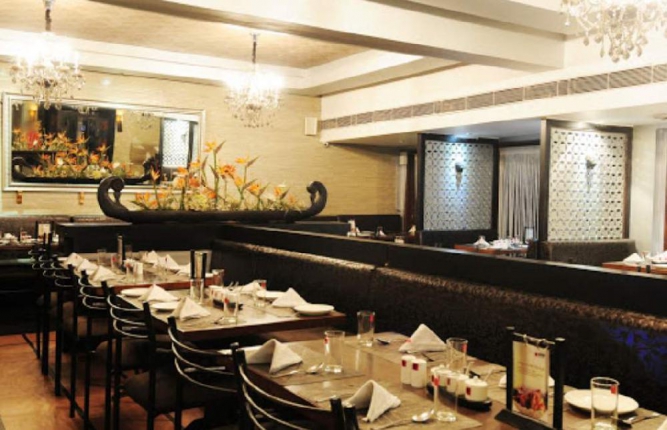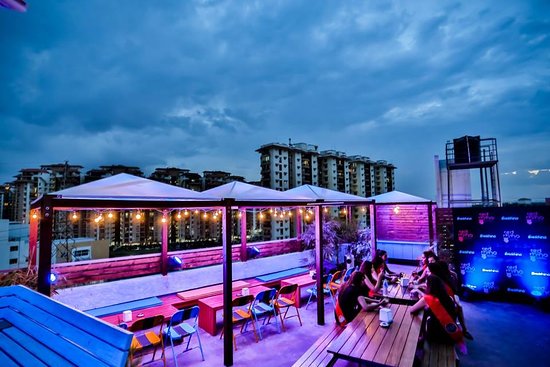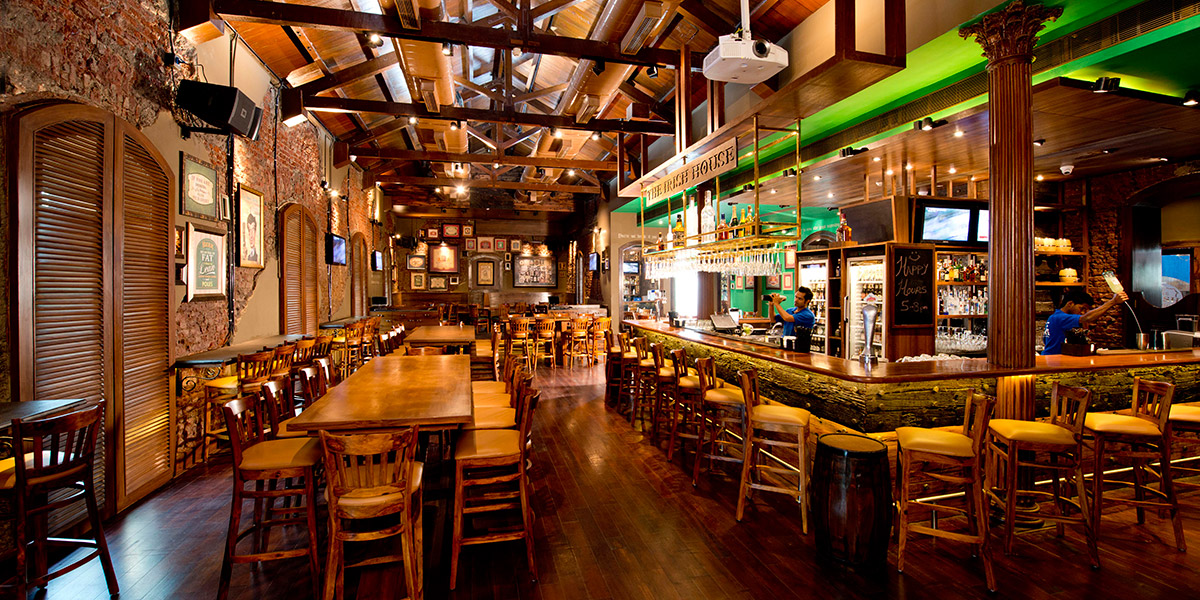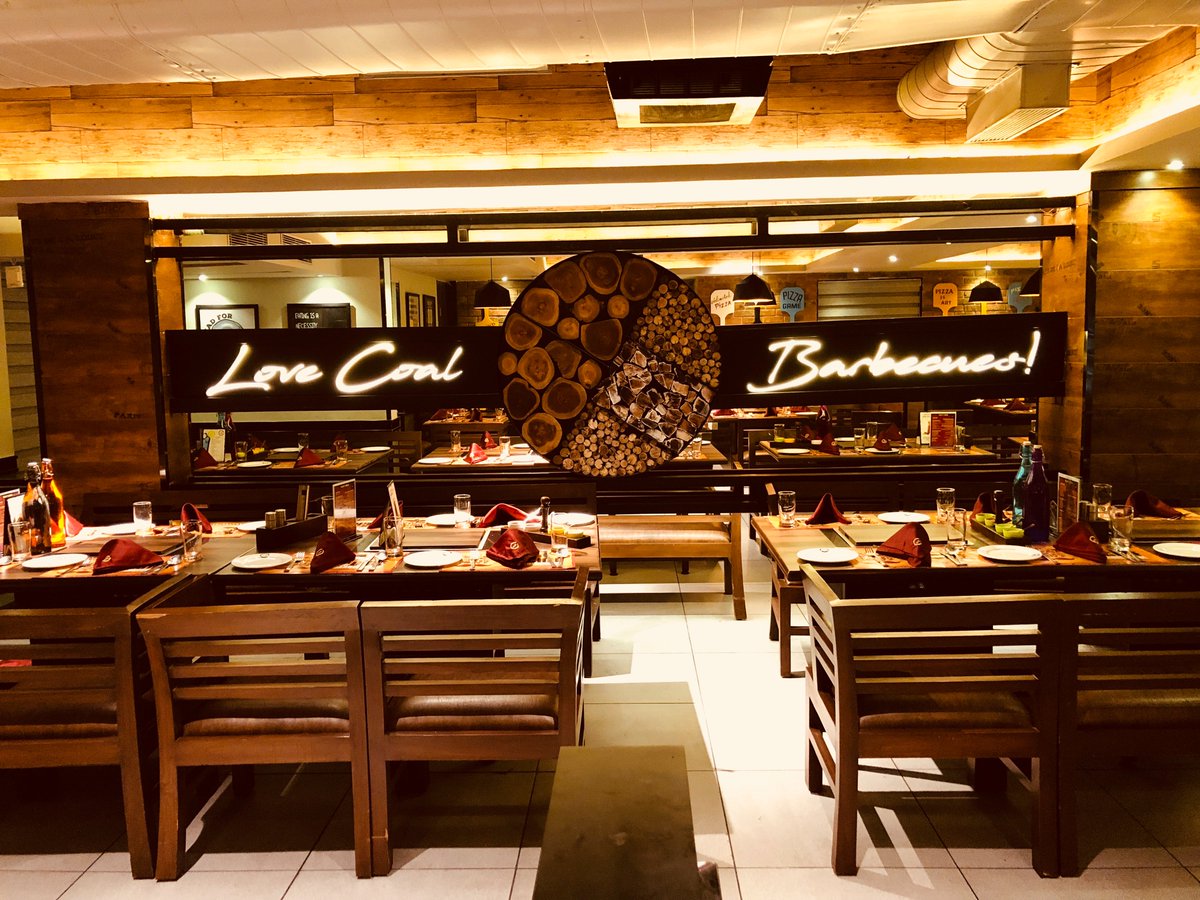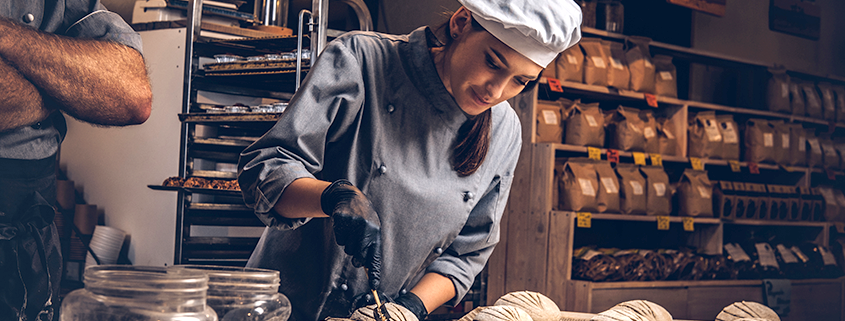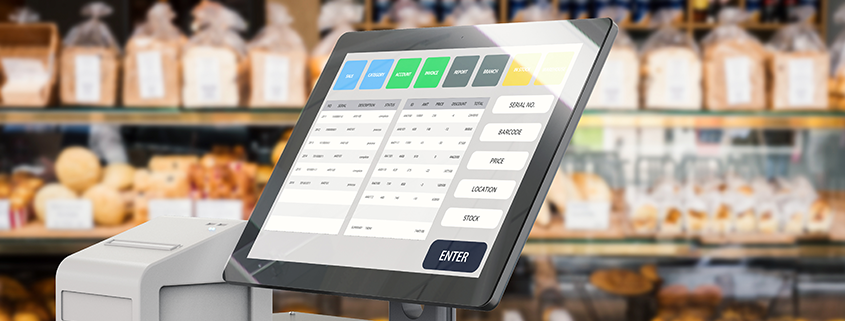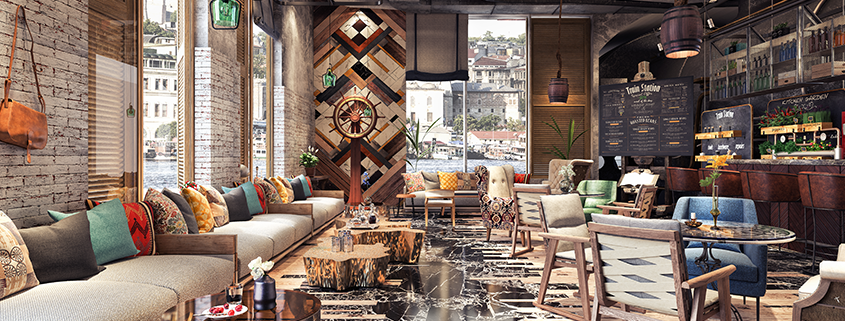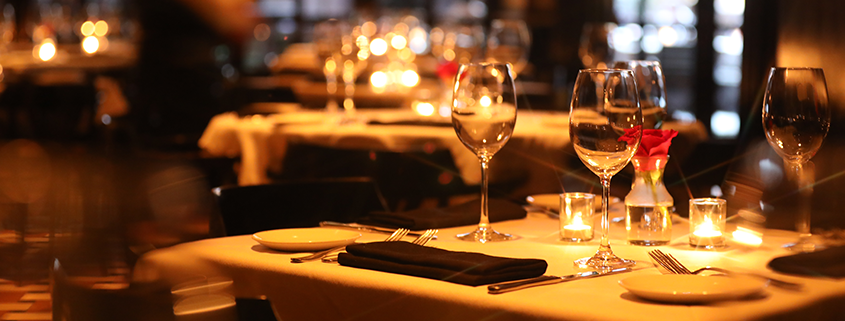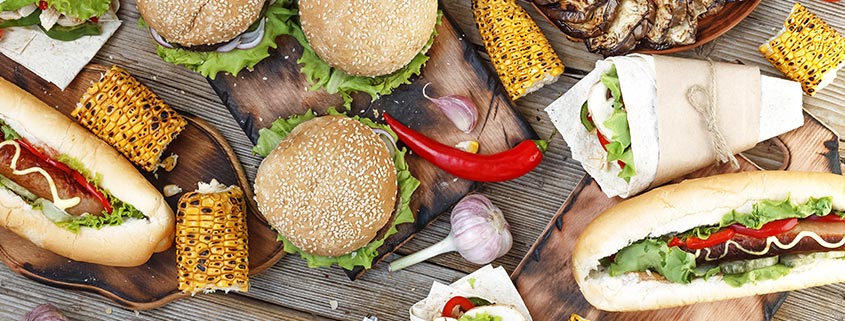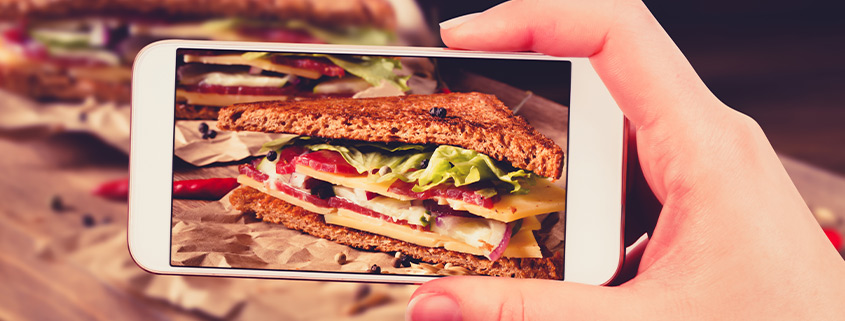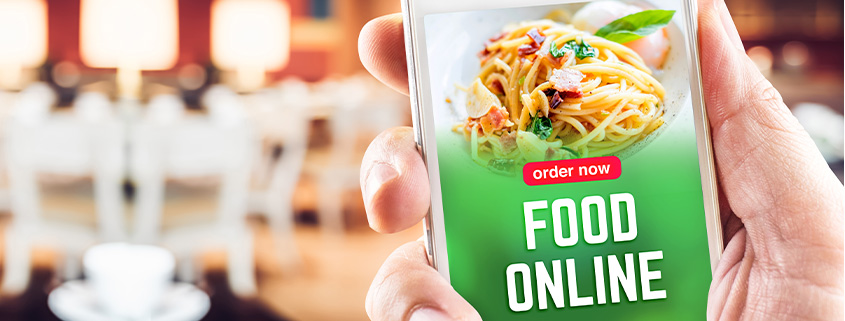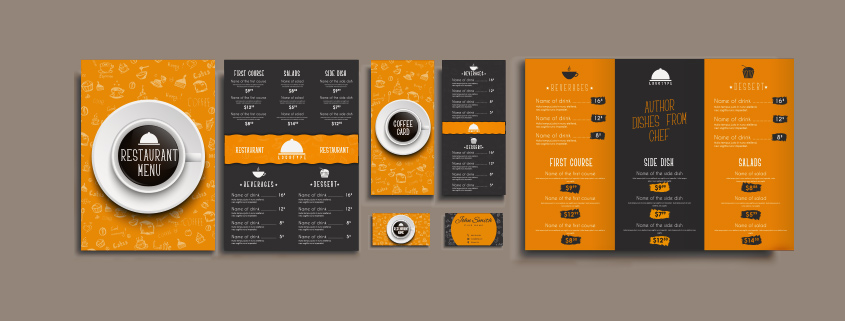Lately, the concept of a cloud kitchen has gained momentum, considering the change in diner behaviour where people are more inclined towards food delivery than dining out, due to COVID-19. For people with a dream of running their own restaurant but being held back due to lack of resources, a dark kitchen is an ideal solution.
Statistics also suggest that 67% of restaurant owners would prefer a cloud kitchen as their next investment.
What’s a cloud kitchen, you ask? Here’s a simple explanation of what a cloud kitchen really is.
A cloud kitchen is a restaurant that has no storefront as well as no dining area and exists only online. This type of kitchen runs through online orders and delivery and can have several outlets functioning from a single kitchen. In fact, one can even serve multiple cuisines under a single brand and kitchen.
Cloud kitchens come with their own benefits and limitations. So, here’s all you need to know about the pros and cons of the cloud kitchen concept.
Why the Cloud Kitchen Concept is a More Ideal?
As simple as starting a dark kitchen and managing it is, there is absolutely no question as to why this is more ideal than a conventional restaurant. Here’s a list of its most common benefits:
1. No Real Estate Cost
The greatest boon of the cloud kitchen concept is the elimination of expenses like restaurant space, ambiance, dining tables, chairs, expensive cutlery, electrical fixtures, etc. All of these are eliminated, with the only expense incurred being a bare minimum on cooking staff, cooking ingredients, kitchen equipment, and a minimal maintenance expense such as electricity bills.
2. Increased Expansion Opportunities
Starting your cloud kitchen would hardly cost you a fortune compared to starting a conventional restaurant. And once you have your virtual kitchen established, expanding would be even easier. You can start catering to new localities without being limited by a lack of space or need for high capital.
3. No Overhead Costs
Unlike a conventional restaurant, you need not worry about restaurant decor, purchasing additional space for parking, serving staff, etc. These overhead costs are eliminated in a cloud kitchen, reducing your overall cost significantly.
The Challenges of Running a New Cloud Kitchen
Yes, cloud kitchens are perfect for those with limited capital and unlimited skills. However, if you think they come with no setbacks, think again. Everything has its own pros and cons, and here are the most common challenges to the cloud kitchen concept:
1. Higher Competition
While there is no doubt about the ease of operating a cloud kitchen and the many benefits it offers, this very aspect also makes the competition for anyone starting their own cloud kitchen pretty high.
2. Lack of Customer Interaction
One of the reasons why people are more attached to a restaurant they frequently dine in is the ambiance and their interaction with the restaurant staff. This particular factor is completely absent in a cloud kitchen concept.
3. Dependency On, & Competition with, Food Aggregators
The greatest challenge in operating a dark kitchen is the dependency on food aggregator platforms for delivery. However, with the aid of inresto order, you can have your own platform to take diner orders in real-time and cater to them effectively.
Who Can Open a Cloud Kitchen?
With how easy it is to open a cloud kitchen, there is nothing stopping anyone with the passion to open their own cloud kitchen. From someone operating a tiffin service from their home to someone running a poplar small-sized restaurant, anyone can open a dark kitchen to work from and cater to their customers.
If you are still wondering if you can, here’s a list to help you figure out if you have the ability to:
1. Entrepreneurs
If you love food and have a great idea for a cloud kitchen that has never been done before, or is done by very few, you can offer a lot to the people you cater to. A cloud kitchen would not only require the least bit of capital to start out but also keep your expenses at a minimum throughout.
2. Home-cooked Food Providers
Home-cooked food is often opted for by those living on their own and those who are not skilled at cooking. Even a small tiffing service that is popular among its patrons can work its magic through a cloud kitchen. You can increase your reach and serve people in a larger radius by setting up a dark kitchen to serve home-cooked food to your customers.
3. Quick-Service Restaurants
Quick-service restaurants are often frequented by people, making it popular with the crowd already. By setting up a dark kitchen, reaching out to the customers is more convenient as well as profitable.
4. Food Truck Operators

Owning a food truck in itself is a huge achievement. The best part of being a food truck operator is the ease of delivering food to your customers. You have the food, you have the wheels. What more do you need?
5. Conventional Restaurants
Just because you are a conventional restaurant does not mean you cannot opt for a cloud kitchen. With more people opting to dine at home by ordering in, you set up your own cloud kitchen at a new location to increase your customer range.
The Takeaway
Although there are a few challenges that restaurateurs may have to adhere to, while operating a cloud kitchen, the benefits far outweigh the cons. Further, building your own order management system using inresto Order will aid in long term brand loyalty from your diners and make up for lost value from lack of physical eating space and ambience. Irrespective of the competition one would face, there is no doubt as to the success of managing a virtual kitchen within reasonable means.
Read more about: inresto’s cloud kitchen here






